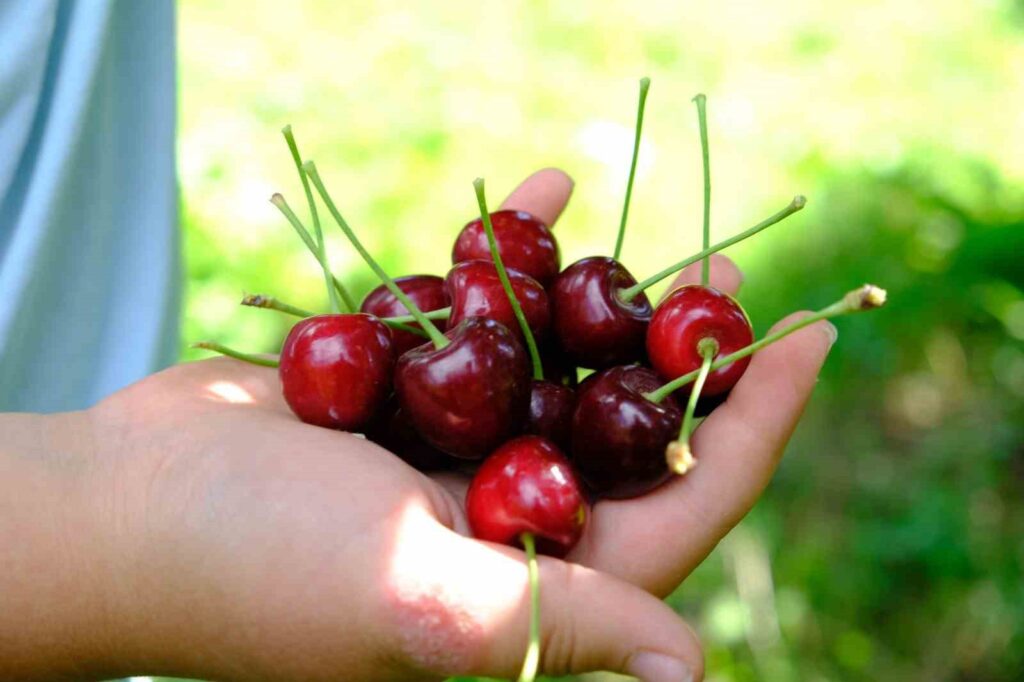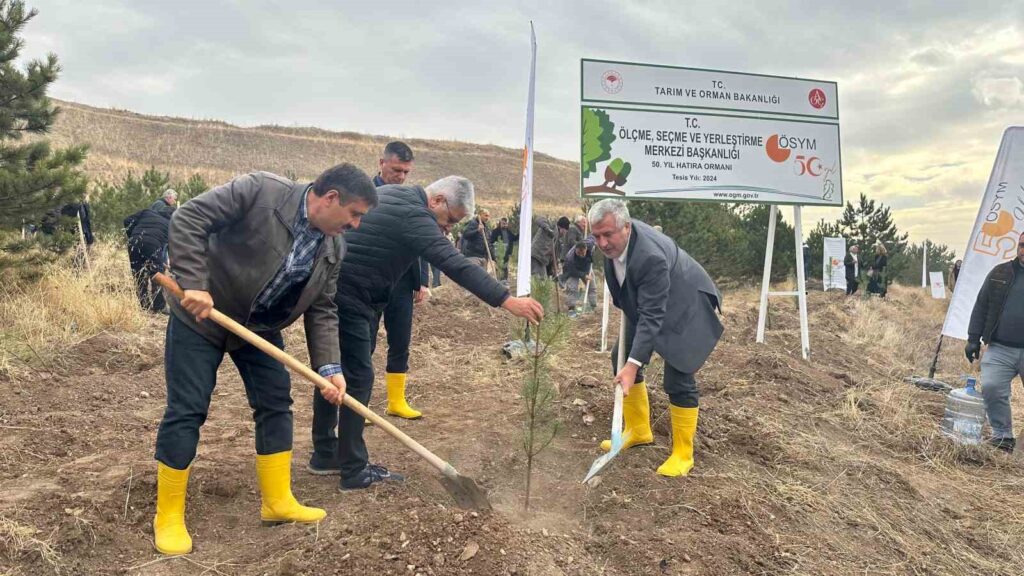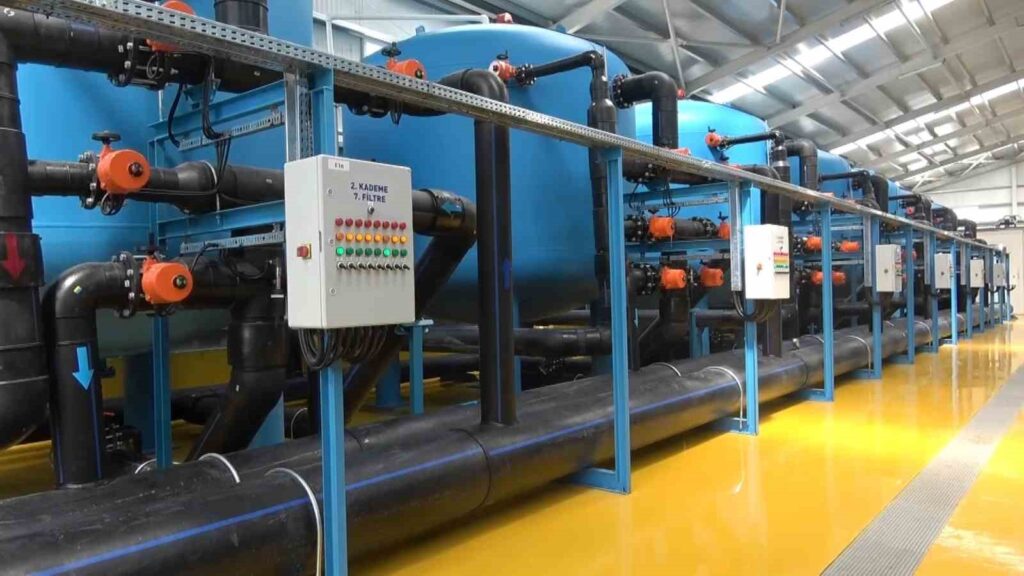Protect cherry and sour cherry from flies!
Erzincan, which has significant potential in cherry production, saw its cherry trees bloom as the weather warmed up. Teams warned the public about the cherry fruit fly! Measuring 4-5 mm in length, it has a shiny black thorax with a yellow triangular shape at the tip of the thorax…

Erzincan, which has a significant potential for cherry production, saw its branches blossom with the warming weather. Teams warned the public about the cherry fruit fly!
The cherry fruit fly, which is about 4-5 mm in size, has a shiny black chest and a yellow triangular structure at the tip of the chest, causing the fruits to brown and rot, as well as premature ripening and dropping of the fruits. The cherry fruit fly, which causes fruit to rot, also reduces the market value of the products.
How to protect fruits from cherry fruit fly?
Experts recommend the following tips to protect fruits from the cherry fruit fly:
“No fruit should be left on the tree during harvest. Rotten cherries that fall to the ground should be collected and buried in deep pits, soil cultivation and weed cleaning should be done in the autumn. When cherry orchards are established, early and late varieties should not be mixed. It is also an important measure not to plant wild cherry and Lonicera spp (Honeysuckle) species in cherry production areas.
‘Biotechnical control’
Biotechnical control is carried out in low and medium populations of cherry fruit flies. Starting from the yellow-pink (I fall) period of the earliest variety in the orchard, pinkish-yellow for mid-season varieties; for late varieties, a small part is yellowish green. When the rest are green, “visual sticky traps, ammonia capsules” are hung in cherry orchards facing southeast at a height of 1.5-2 m from the ground at a rate of 2 traps/decar. After the first adult is seen in the traps, 4 “yellow sticky traps, ammonia capsules” are hung per tree in 15-20 m intervals in the orchard, at a height of 1.5-2.0 m, facing 4 different directions of the tree, and mass trapping is carried out against the cherry fruit fly without using any chemicals.
‘Chemical control’
In orchards with different varieties, using “yellow sticky traps, ammonia capsules” to catch the first adults is necessary and important for determining the timing of control. In addition, phenological (visual inspection) observations are also important. When the first adult flight starts, early cherry varieties are generally yellow-pink (I fall), mid-season varieties are pinkish-yellow and yellow; for late varieties, a small part is yellowish green, the rest are green. Depending on regions, in April-May, “visual yellow sticky traps ammonia capsules” are hung in cherry orchards at a rate of 2 traps/decar facing southeast of the trees. Spraying is done within a week after the first adult is seen in the traps. Usually, one spraying is sufficient. However, if fly catches continue after the first spraying and considering the effectiveness and harvest date of the spray, a second spraying can be done.







